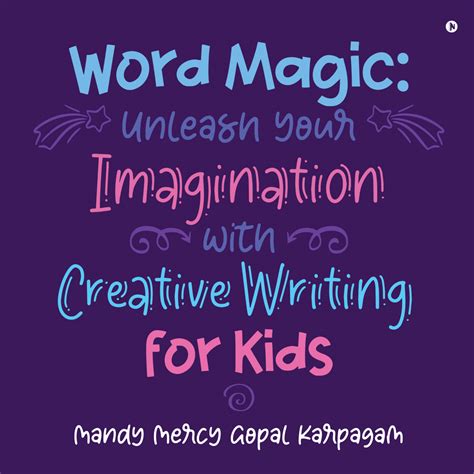Writing is an art form that knows no bounds. From the ethereal realms of poetry to the compelling narratives of fiction, there is a vast array of creative writing styles to explore. Each type offers unique opportunities for self-expression, imagination, and connection.

Poetry: A Symphony of Emotion
According to the Poetry Foundation, people create about 100,000 poems each day. Poetry invites writers to delve into the depths of emotion, crafting vivid imagery and rhythmic language that evokes powerful experiences. Whether it’s a haiku’s brevity or an epic poem’s grandeur, poetry allows for the exploration of complex themes and personal truths.
Types of Poetry:
- Lyric: Expresses the poet’s subjective feelings
- Narrative: Tells a story or recount an event
- Dramatic: Presents a dialogue or monologue
- Epic: A long, narrative poem that celebrates a hero or event
Fiction: Crafting Imaginative Worlds
The Fiction Writers Association estimates that by 2023, the global fiction market will exceed $150 billion. Fiction allows writers to create and inhabit imaginary worlds, characters, and events. From the fantastical realms of science fiction to the gritty streets of crime novels, fiction provides a boundless canvas for exploring human experiences and exploring the unknown.
Types of Fiction:
- Novel: A long, complex narrative with multiple characters and storylines
- Short story: A concise, self-contained narrative
- Novella: A work of fiction shorter than a novel but longer than a short story
- Genre fiction: Adheres to specific conventions, such as romance, mystery, or thriller
Non-Fiction: Sharing Knowledge and Truth
According to Pew Research Center, 72% of Americans read at least one book per year. Non-fiction writing offers a platform for sharing knowledge, insights, and perspectives. From scientific discoveries to historical accounts, non-fiction expands our understanding of the world and the human experience.
Types of Non-Fiction:
- Memoir: A personal narrative about the author’s life
- Biography: A narrative about the life of another person
- Essay: A short piece of non-fiction writing that explores a specific topic
- Science writing: Communicates scientific concepts to lay audiences
Creative Non-Fiction: Blending Fact and Imagination
Creative non-fiction bridges the gap between fiction and non-fiction, combining elements of storytelling and reporting. This hybrid form grants writers the freedom to explore real events and experiences with a creative lens, offering unique perspectives and emotional depth.
Types of Creative Non-Fiction:
- Travel writing: Chronicles experiences and observations during travel
- Nature writing: Explores the beauty and wonders of the natural world
- Food writing: Examines cuisine, culture, and the culinary arts
- Humor writing: Uses humor to comment on society or personal experiences
Types of Writing for Specific Purposes
In addition to the core categories, there are a variety of writing types tailored to specific purposes:
Marketing:
– Advertising copy
– Sales letters
– Website content
Business:
– Reports
– Proposals
– White papers
Academic:
– Research papers
– Dissertations
– Journal articles
Technical:
– Manuals
– Technical specifications
– Software documentation
Common Mistakes to Avoid
While writing is a rewarding endeavor, there are common mistakes to watch out for:
- Overwriting: Writing in a verbose or overly complex manner
- Lack of Clarity: Not conveying thoughts and ideas clearly and concisely
- Clichés and Stereotypes: Using overused phrases or character types
- Passive Voice: Using passive instead of active voice, weakening writing
- Poor Grammar and Punctuation: Hindering readability and credibility
The Ideator: A Tool for Inspiration
For writers seeking inspiration, the Ideator is a powerful tool. This AI-powered generator provides a vast database of ideas and prompts, sparking imagination and propelling creativity.
Effective Strategies for Success
- Read Widely: Immerse yourself in various writing styles and genres
- Practice Regularly: Honing your writing skills through consistent effort
- Seek Feedback: Share your work with others for constructive criticism
- Attend Workshops and Classes: Learn from experienced writers and gain valuable insights
- Network with Other Writers: Connect with peers, collaborate, and expand your writing community
Comparing Writing Types
| Feature | Poetry | Fiction | Non-Fiction |
|---|---|---|---|
| Purpose | Express emotions | Create imaginary worlds | Share knowledge and truth |
| Form | Rhythmic language, imagery | Narrative, characters, events | Factual, objective |
| Length | Varies greatly | Short stories to full-length novels | Typically longer than fiction |
| Audience | Readers seeking emotional resonance | Readers interested in entertainment, escapism | Readers seeking information, knowledge |
Conclusion
Writing is a transformative art that empowers us to explore our emotions, create imaginative worlds, and share knowledge. Whether you aspire to pen heartfelt poems, compelling stories, or insightful non-fiction, there is a vast world of creative writing to discover. By understanding the different types and embracing the strategies for success, you can unleash your writing potential and make your mark on the literary landscape.
